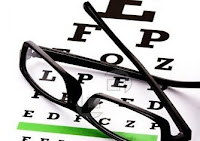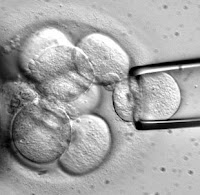 |
| Women who experience early meno- pause may be at higher risk for dev- eloping glaucoma later in life. |
Glaucoma is caused by fluid accumulating in the eye, which then puts pressure on the eye’s optic nerve. It is a leading cause of blindness in the US, and has no symptoms or pain when it first develops. Medicine, laser treatment, and conventional surgery are used to treat the disease. Ophthalmologist Clayton Falknor, M.D. explained, “While these treatments can help prevent future loss of vision, they do not improve sight already lost from the disease which is why it’s so important to schedule eye exams as you age.”
This study’s result signals that female hormones may protect against the disease. Hormone replacement therapy is thought to reduce fluid pressure in the eye, and researchers of the study also note that hormone levels rise during pregnancy causing fluid pressure in the eye to decrease.
“This study shows the potential value of analysis of large amounts of data. Although I have seen patients for over 30 years, this is not a connection that I have considered. At this time, I am not prepared to prescribe hormone therapy for menopausal women with glaucoma,” said Ophthalmologist Thomas Henderson M.D.
As glaucoma research continues, it’s still very important to schedule comprehensive eye exams as you age to detect any issues and begin treatment, if needed.
Sources:
http://www.tele-management.ca/2013/08/study-links-early-menopause-to-glaucoma-risk/
http://www.nei.nih.gov/health/glaucoma/glaucoma_facts.asp#a



